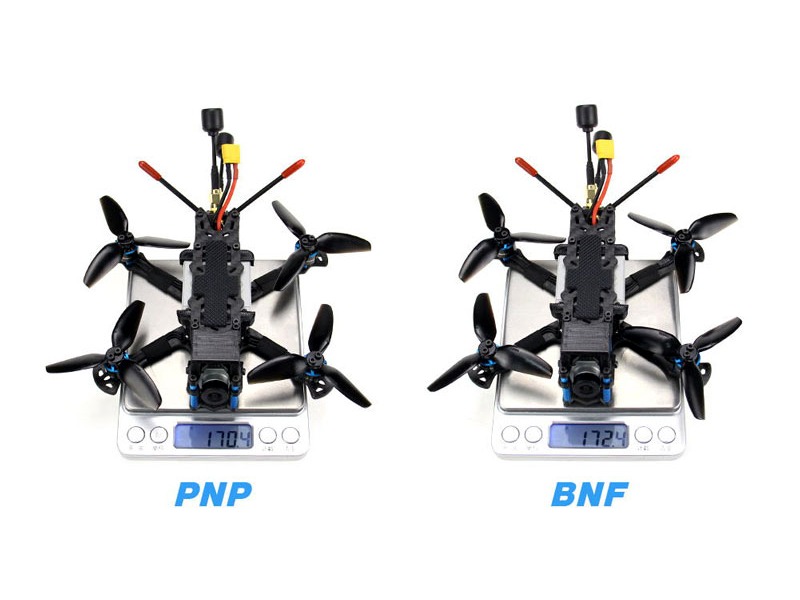Can I fly my drone at night?

The answer to this question depends on the type of drone you are flying, as well as the country or region you are flying in. Generally, flying a drone at night is allowed in many countries but with certain restrictions, such as having a drone that is equipped with anti-collision lights and having a spotter.
In the United States, drone operators must follow the guidelines set out by the Federal Aviation Administration (FAA). According to the FAA, drone operators must register their drones with the FAA, and must obtain a Remote Pilot Certificate. Additionally, the drone must have a day/night lighting system in order to fly at night. Moreover, the drone must remain within visual line of sight (VLOS) of the operator and must not fly in a way that interferes with manned aircraft.
In the UK, drone operators must also comply with the Civil Aviation Authority (CAA). According to the CAA, it is illegal to fly a drone over congested areas or at night without special permission. Additionally, the drone must remain within direct unaided visual contact of the operator at all times, and must not fly within 150m of a congested area.
In Canada, drone operators must comply with Transport Canada. According to Transport Canada, it is illegal to fly a drone at night without a Special Flight Operations Certificate (SFOC). Additionally, the drone must remain within 500m of the operator and must not fly above 300ft.
In Australia, drone operators must comply with the Civil Aviation Safety Authority (CASA). According to CASA, it is illegal to fly a drone at night without a RePL (Remote Pilots License). Additionally, the drone must remain within 400m of the operator and must not fly within 5.5km of a controlled aerodrome.
In summary, it is possible to fly a drone at night in many countries, but it is important to check the laws and regulations in the country or region you are flying in. Additionally, it is important to ensure that your drone is equipped with the necessary lighting systems and to have a spotter to ensure your drone does not interfere with manned aircraft.
Comments / Question
2. Increased risk of collision: The reduced visibility increases the risk of collision with other aircraft or objects.
3. Increased risk of losing control: Flying a drone at night can make it more difficult to maintain control of the drone, increasing the risk of losing control and crashing.
4. Increased risk of battery failure: Flying a drone at night can cause the battery to drain faster, increasing the risk of battery failure.
5. Increased risk of legal action: Flying a drone at night may be illegal in some areas, and could result in legal action if caught.
2. Make sure your drone is equipped with appropriate lighting and is visible to other aircraft.
3. Fly below 400 feet and remain within your line of sight.
4. Stay away from airports and restricted airspace.
5. Avoid flying over people or populated areas.
6. Don't fly in adverse weather conditions.
7. Make sure your batteries are fully charged and ready for the flight.
8. Fly in an area with minimal light pollution.
9. Familiarize yourself with the controls of your drone before flying at night.
10. Have a spotter with you to help you keep track of your drone.
2. Make sure you have adequate lighting on your drone to help you identify it in the sky.
3. Use a spotter to help you keep an eye on your drone at all times.
4. Be aware of any wildlife or people in the area.
5. Fly at a lower altitude than you would during the day.
6. Be aware of any low-hanging tree branches or power lines in the area.
7. Make sure your battery is fully charged and you have a backup battery if needed.
8. Follow all FAA regulations and guidelines.
2. Check the weather conditions before flying.
3. Make sure you have a clear line of sight to your drone at all times.
4. Make sure you are familiar with the airspace regulations in your area.
5. Make sure you have the proper permits and licenses for flying at night.
6. Make sure you have a spotter to help you keep an eye on your drone.
7. Make sure you have a reliable communication link with your drone.
8. Make sure you have a backup battery in case of power failure.
9. Make sure you have a plan in case of an emergency.
10. Make sure you have a way to track your drone in case it gets lost.

